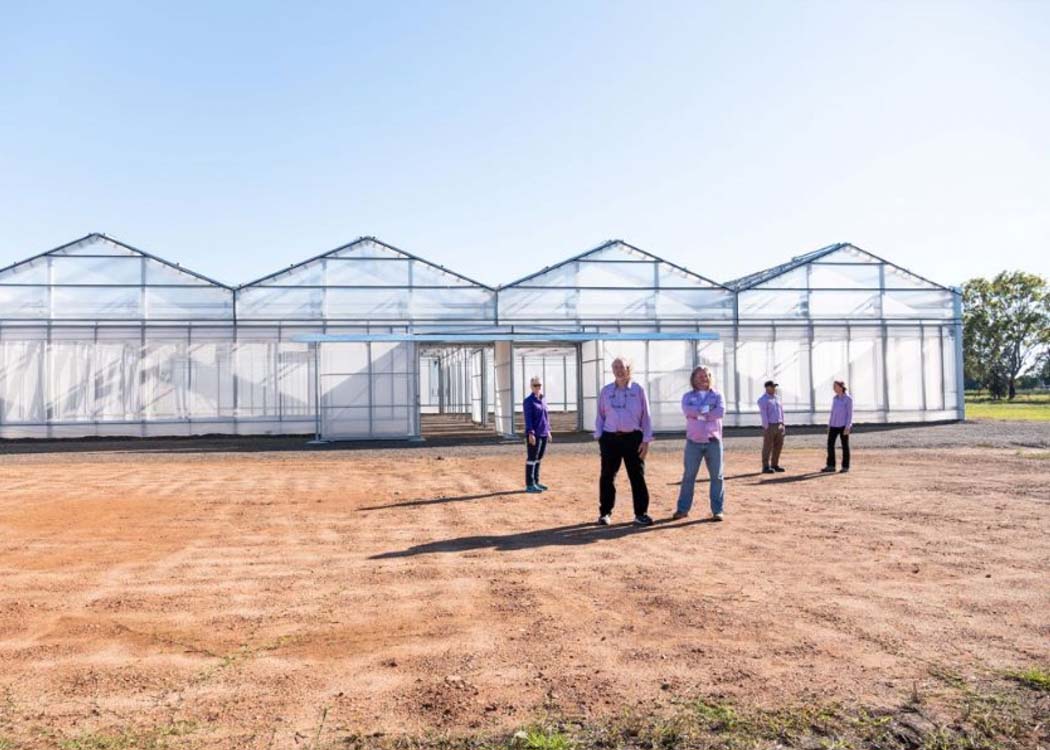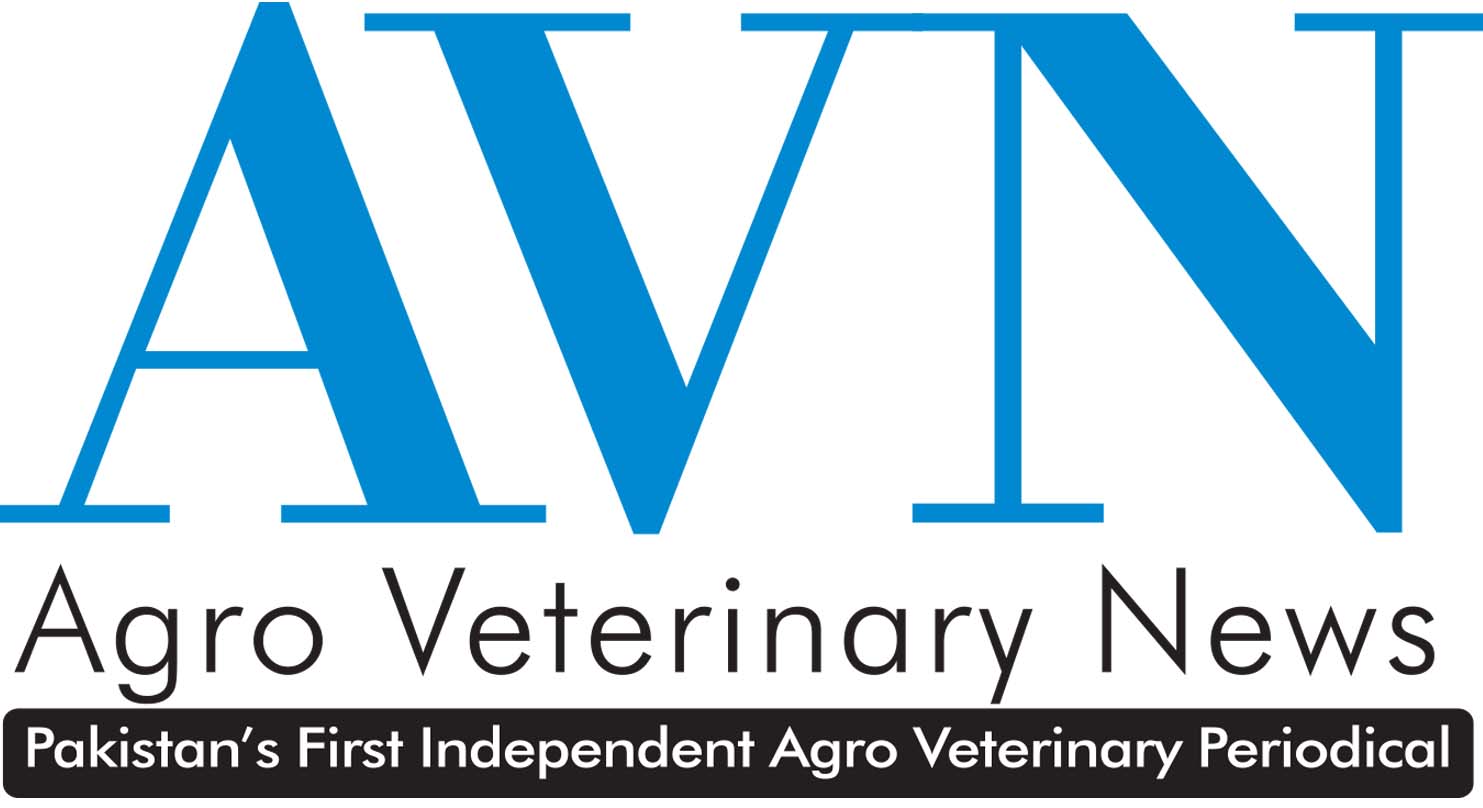Disease-resistant crops and next-gen agritech draw 1,500+ attendees at the two-day event in Lawes.
QUEENSLAND: The 2025 Gatton AgTech Showcase, hosted at the Gatton Smart Farm in Lawes, Queensland, concluded on October 16 after two days (October 15–16) of live demonstrations, expert panels and field tech displays.
Among the standout features were newly developed genetic solutions for disease-resistant crops. Global seed breeder Rijk Zwaan showcased tomato varieties resistant to the Tomato Brown Rugose Fruit Virus (ToBRFV) alongside digital phenotyping and breeding data systems. Experts emphasised that as disease pressure and climate volatility rise, high-resistance genetics are becoming pivotal for resilient horticulture.
The programme included 19 live AgTech display zones, a dedicated Protected Cropping Pavilion and the official launch of the Queensland Centre for Protected Cropping in Mild Winter Climates. Attendees exceeded expectations, with more than 1,500 horticulture professionals, growers, tech providers and researchers present across Australia.
Key themes emerging from the showcase included:
- Genetic resilience: The focus on crop varieties engineered to resist novel pathogens and adapt to changing conditions.
- Data-driven breeding and phenotyping: Demonstrations showed how real-time crop data and digital analytics accelerate breeding cycles and improve seed quality.
- Integration of tech in production systems: Robotics, sensors and precision tools were displayed to show how growers can raise productivity AND sustainability.
Industry leaders at the event stressed that the intersection of genetics and agritech offers a pathway for horticulture to meet future challenges. “Technology and innovation are central to the future of Australian horticulture,” said National Farmers’ Federation Horticulture Council Chair Jolyon Burnett.
Following the success of the event, organisers signalled that continued investment in resilient varieties and scalable technologies will be critical — particularly as growers contend with labour shortages, rising input costs and unpredictable weather patterns.





